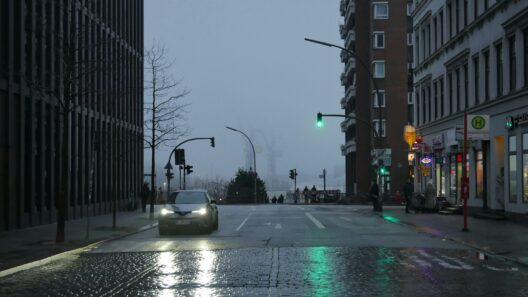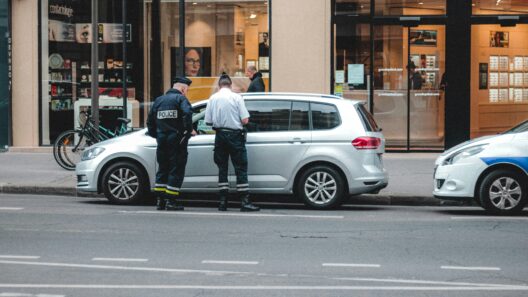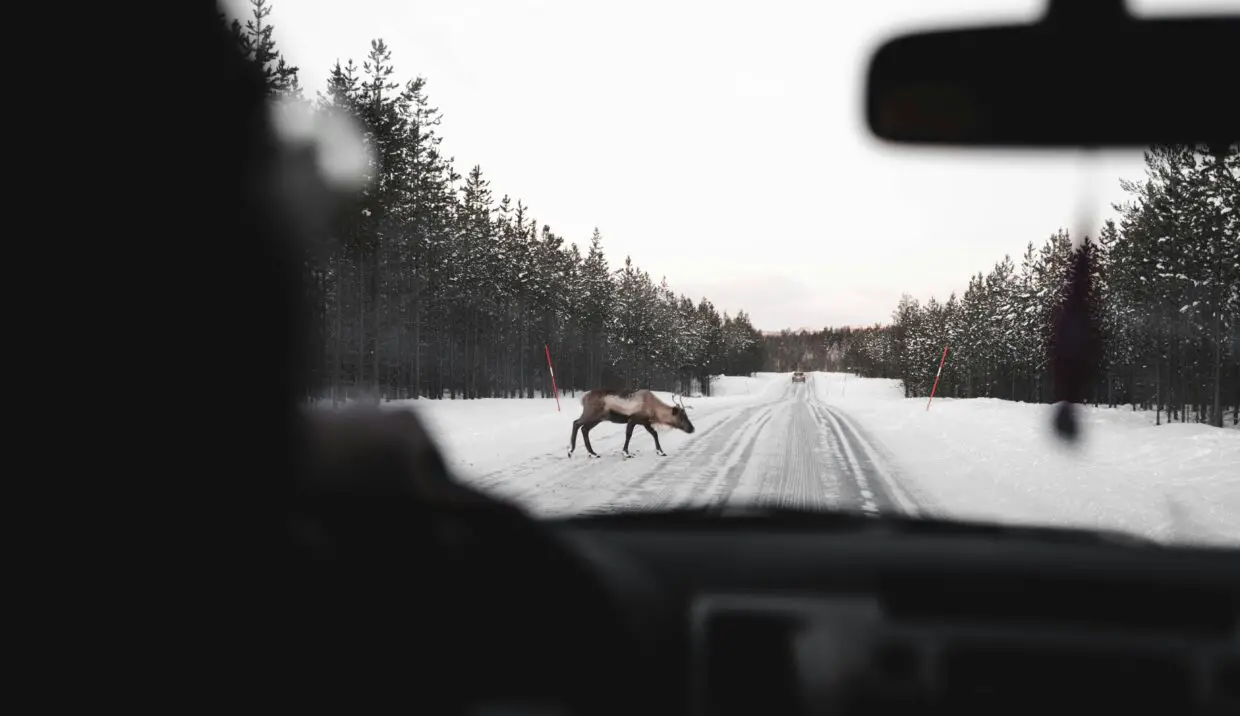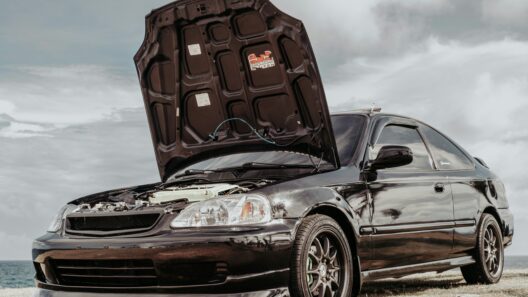Hey there! Ever been driving along, enjoying the scenery, when suddenly—BAM!—a deer decides your car is the perfect obstacle course? If you have, you know that heart-stopping moment. If not, trust me, it’s not something you want to experience without being prepared. One of the first questions that pops into your head after the initial shock (and making sure everyone’s okay, of course!) is usually, “What about my insurance? Does liability insurance cover hitting a deer?” It’s a common question, and one that often leads to a bit of head-scratching. You’re not alone if you’re wondering about this. Understanding your insurance coverage can feel like navigating a maze, especially when it comes to those unexpected, wild encounters on the road.
This article is here to clear up that confusion and guide you through exactly what kind of insurance steps in when you have an unfortunate rendezvous with a deer. We’ll break down the different types of auto insurance and explain why liability insurance typically doesn’t cover animal collisions, but another crucial type does. By the time we’re done, you’ll have a crystal-clear understanding of what to do if you ever find yourself in this tricky situation, and you’ll be empowered to make sure your coverage truly protects you. Let’s dive in!
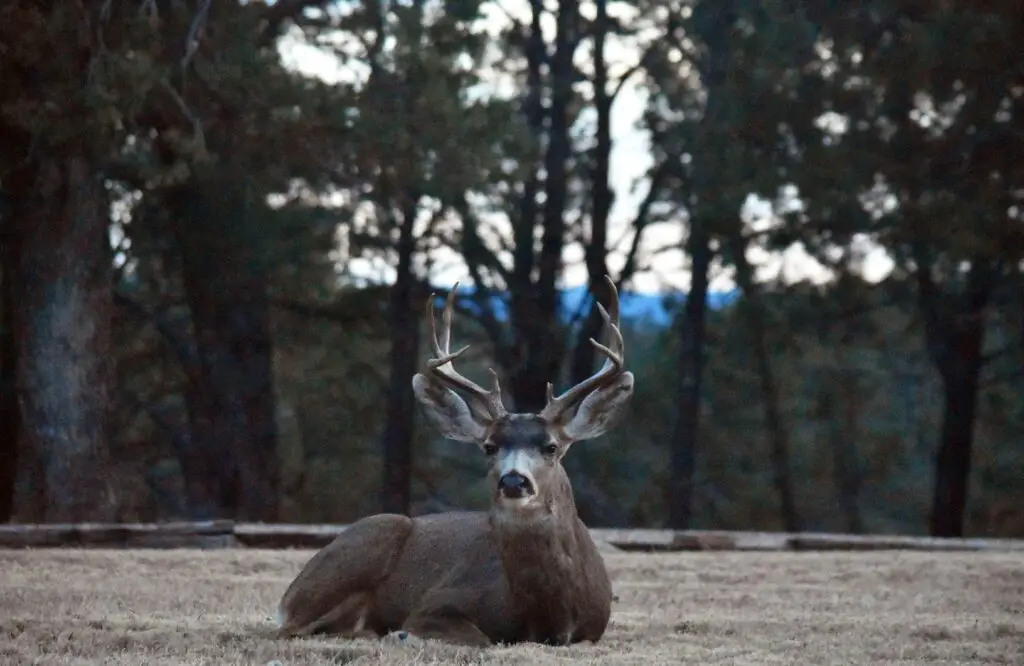
Understanding Your Auto Insurance: Beyond the Basics
Navigating the world of auto insurance can feel a bit like learning a new language. You hear terms like “liability,” “collision,” and “comprehensive,” and it’s easy to get them mixed up. But when it comes to hitting a deer, knowing the difference is key.
The Role of Liability Insurance
Let’s start with liability insurance, because it’s a cornerstone of any auto policy, and what many people immediately think of. However, its purpose is often misunderstood in situations like hitting an animal.
Liability insurance is designed to protect other people and their property when you’re at fault in an accident. Think of it this way: if you accidentally rear-end another car, your liability insurance would help cover the damage to their vehicle and any medical expenses for their injuries. It’s all about your responsibility to others. It’s usually broken down into two parts:
- Bodily Injury Liability: This covers medical expenses and lost wages for people injured in an accident where you are at fault.
- Property Damage Liability: This covers damage to other people’s property (like their car, fence, or mailbox) if you cause an accident.
So, when you hit a deer, who are you liable to? The deer? Its family? Not exactly! Since there isn’t another human or their property involved that you’re “liable” for, liability insurance typically does not cover the damage to your own vehicle if you hit a deer. This is a common misconception, and it’s why understanding the other components of your policy is so important.
Why Comprehensive Coverage is Your Deer Defense
Here’s where the hero of our story steps in: comprehensive insurance. This is the coverage that comes to your rescue when you have an accident that’s not a collision with another vehicle and isn’t your “fault” in the traditional sense of an at-fault accident.
Comprehensive coverage protects your vehicle from damages that are out of your control. This includes a wide range of incidents, such as:
- Animal collisions: This is the big one for our deer dilemma. Whether it’s a deer, elk, moose, or even a runaway squirrel causing significant damage, comprehensive coverage is designed to cover the repairs to your car.
- Theft: If your car is stolen, comprehensive insurance can help you replace it.
- Vandalism: Someone keys your car or breaks a window? Comprehensive covers it.
- Natural disasters: Hail, floods, fire, falling trees – these are all typically covered under comprehensive.
- Falling objects: If something falls on your car (like a rock from a truck, or a large tree branch), comprehensive usually has you covered.
Think of comprehensive as your “acts of God and nature” coverage, or perhaps “acts of wild animals.” It’s designed for those unpredictable events that aren’t the result of a car-on-car collision with another driver.
What Happens When You Hit a Deer? A Step-by-Step Guide
Okay, so you’ve had that unfortunate encounter. Now what? Knowing the right steps to take can make a world of difference in how smoothly your insurance claim goes.
Immediate Steps After the Collision
- Safety First, Always!
- Pull over to a safe spot if possible.
- Turn on your hazard lights.
- If you can, move your vehicle off the road to avoid further accidents.
- Assess injuries: Check yourself and any passengers for injuries. If anyone is hurt, call 911 immediately.
- Do not approach the deer. A startled or injured animal can be unpredictable and dangerous.
- Contact Authorities:
- Call the local police or highway patrol. Even if there are no human injuries, reporting the incident is crucial, especially if there’s significant damage to your vehicle or if the animal is obstructing traffic. A police report can be incredibly helpful for your insurance claim. They might also be able to dispatch animal control for the deer if needed.
- Document Everything:
- Take photos and videos! Get clear pictures of the damage to your car, the location of the incident, road conditions, and anything else relevant. The more evidence you have, the better.
- Note the time, date, and exact location of the collision.
- Write down any details you remember about the incident.
Filing a Claim: The Nitty-Gritty
Once you’ve taken care of the immediate aftermath, it’s time to deal with your insurance company.
- Contact Your Insurer Promptly:
- As soon as it’s safe and practical, call your insurance provider. The sooner you report the incident, the better.
- Explain clearly that you hit an animal, specifying it was a deer. This helps them direct you to the correct claims department (which will likely be for comprehensive coverage).
- Understand Your Deductible:
- Remember that comprehensive coverage usually comes with a deductible. This is the amount of money you’re responsible for paying out-of-pocket before your insurance kicks in. For example, if your deductible is $500 and the damage to your car is $2,000, you’d pay the first $500, and your insurance would cover the remaining $1,500.
- Weigh the damage against your deductible. If the damage is less than your deductible, it might not be worth filing a claim, as you’d be paying for the repairs yourself anyway.
- Get Estimates:
- Your insurance company will likely ask you to get estimates for the repairs. They might have a network of approved repair shops, or you might be able to choose your own.
Will My Rates Go Up?
This is a common concern, and it’s a fair one. Generally, claims filed under comprehensive coverage (like hitting a deer) are less likely to cause your premiums to increase than claims filed under collision or liability coverage. Why? Because hitting an animal is typically considered an “act of nature” and not something that reflects on your driving ability or fault. While insurance rates can always fluctuate for various reasons, a single comprehensive claim for hitting a deer is unlikely to significantly impact your premiums in the same way an at-fault accident would. It’s always best to check with your specific insurer, but you can usually breathe a little easier on this front.
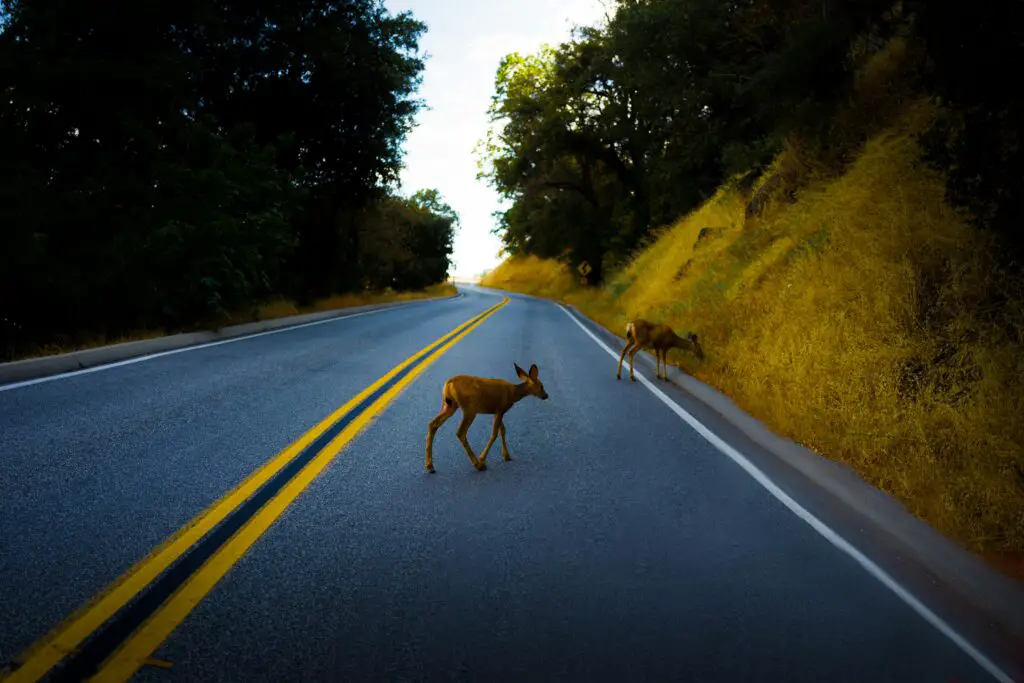
Preventing Deer Collisions: Better Safe Than Sorry
While comprehensive insurance is your safety net, preventing a deer collision in the first place is always the best strategy. Deer are most active during specific times and in certain areas. Knowing these patterns can help you stay safe on the road.
Peak Times for Deer Activity
Deer are primarily crepuscular, meaning they are most active during dawn and dusk. These are the hours when they’re typically foraging for food and moving between feeding and bedding areas.
- Dawn (roughly 5 AM – 8 AM): As the sun rises, deer are often on the move.
- Dusk (roughly 5 PM – 8 PM): As the sun sets, deer become more active again.
Be extra vigilant during these hours, especially if you’re driving through rural or heavily wooded areas.
Where to Be Most Cautious
- Wooded Areas and Rural Roads: This might seem obvious, but any road that runs alongside or through forests, fields, or natural habitats is prime deer territory.
- Deer Crossing Signs: These signs are there for a reason! Pay close attention when you see them.
- Areas with High Deer Populations: If you know your region has a significant deer population, always assume they might be nearby, even on seemingly quiet roads.
- Suddenly seeing one deer: Deer rarely travel alone. If you see one, assume there are others nearby, often following behind.
Practical Driving Tips
- Slow Down: This is the golden rule. Reducing your speed gives you more time to react.
- Scan the Roadside: Don’t just look straight ahead. Actively scan both sides of the road, especially at dawn and dusk. Look for shining eyes or the silhouette of an animal.
- Use High Beams When Possible: On unlit roads, high beams can help you spot deer further away. Just remember to dim them for oncoming traffic.
- Brake, Don’t Swerve: If a deer suddenly appears in front of you, your instinct might be to swerve. However, swerving can lead to more dangerous outcomes, like hitting another vehicle, a tree, or rolling your car. It’s often safer to brake firmly and stay in your lane. While hitting a deer is certainly not ideal, the damage is usually less severe than a collision with an immovable object or another car.
- Be Patient and Alert: Avoid distractions in your car, especially in areas known for deer activity. Your full attention to the road can make all the difference.
Wrapping It Up: Your Road Ahead, Covered
So, to answer that burning question: Does liability insurance cover hitting a deer? No, it generally does not. The coverage you need for that specific (and often surprising) scenario is comprehensive insurance. It’s your personal shield against those “Acts of Nature” and unforeseen events that aren’t the result of a typical car accident with another driver.
Understanding your auto insurance isn’t just about ticking boxes; it’s about peace of mind. Knowing what your policy covers—and what it doesn’t—empowers you to make informed decisions about your financial protection on the road. Don’t wait until you’re staring at a dented fender (and a bewildered deer) to figure out your coverage. Take a moment to review your policy, chat with your insurance agent, and ensure you have the right protection in place for whatever the road, or the wilderness, throws your way.
Stay safe out there, and remember, a little knowledge goes a long way in navigating life’s unexpected detours! Now, go forth and drive with confidence, knowing you’re prepared.
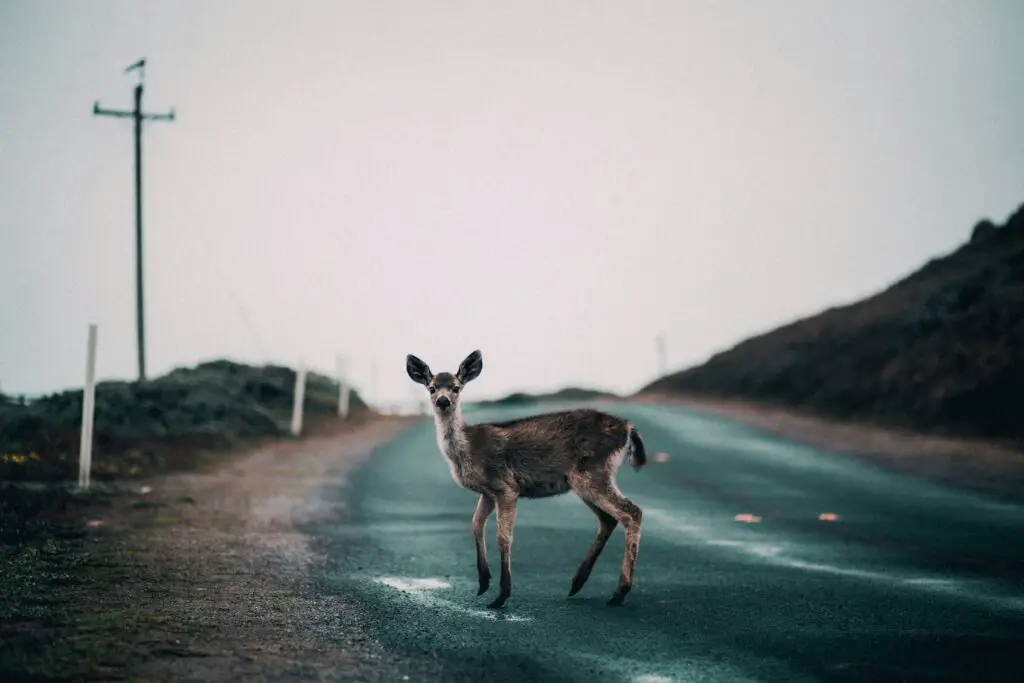
Frequently Asked Questions
Q1: Will my insurance rates go up if I file a claim for hitting a deer?
Generally, claims for hitting an animal fall under your comprehensive coverage, which is usually considered a “no-fault” claim. This means it’s less likely to significantly increase your premiums compared to an at-fault accident. However, individual circumstances and your insurer’s policies can vary, so it’s always best to consult directly with your insurance provider.
Q2: What should I do immediately after hitting a deer?
First, ensure everyone in your vehicle is safe. Move your car to a safe location if possible, turn on your hazard lights, and call emergency services or local law enforcement. Do not approach an injured or startled deer. Document the scene with photos and videos, and then contact your insurance company.
Q3: Is it better to swerve or hit a deer?
Most safety experts and insurance companies advise against swerving to avoid a deer. Swerving can lead to much more dangerous outcomes, such as losing control of your vehicle, colliding with oncoming traffic, or hitting a tree or ditch, which can result in more severe injuries and vehicle damage. It is generally safer to brake firmly and stay in your lane, even if it means hitting the deer.
Q4: Does the time of day matter when it comes to deer collisions?
Yes, absolutely. Deer are most active during dawn (early morning) and dusk (early evening) hours. These are the times when they are typically foraging for food and moving between resting and feeding areas, making them more likely to be on or near roadways. Exercising extra caution during these hours, especially in wooded or rural areas, is highly recommended.



